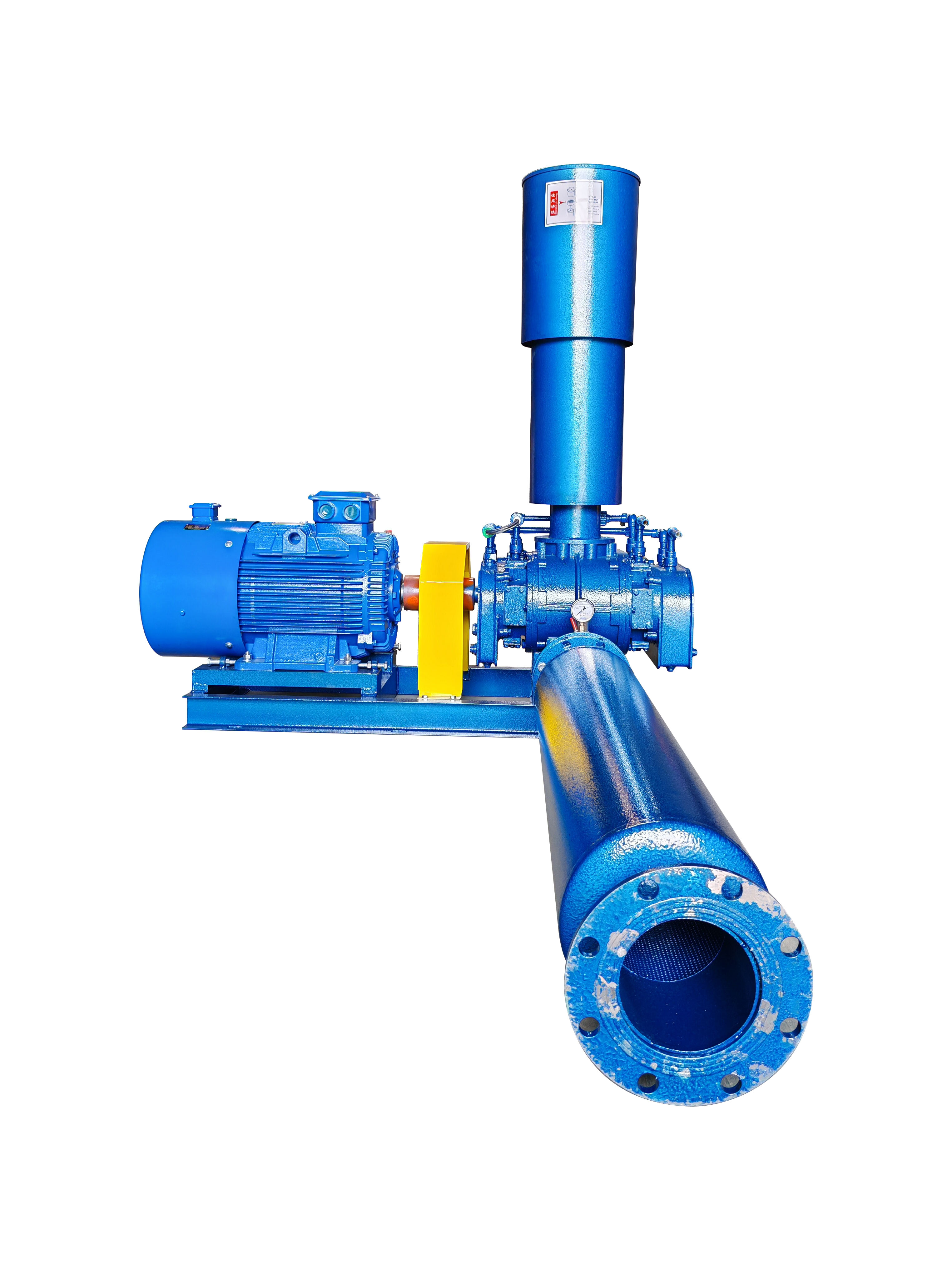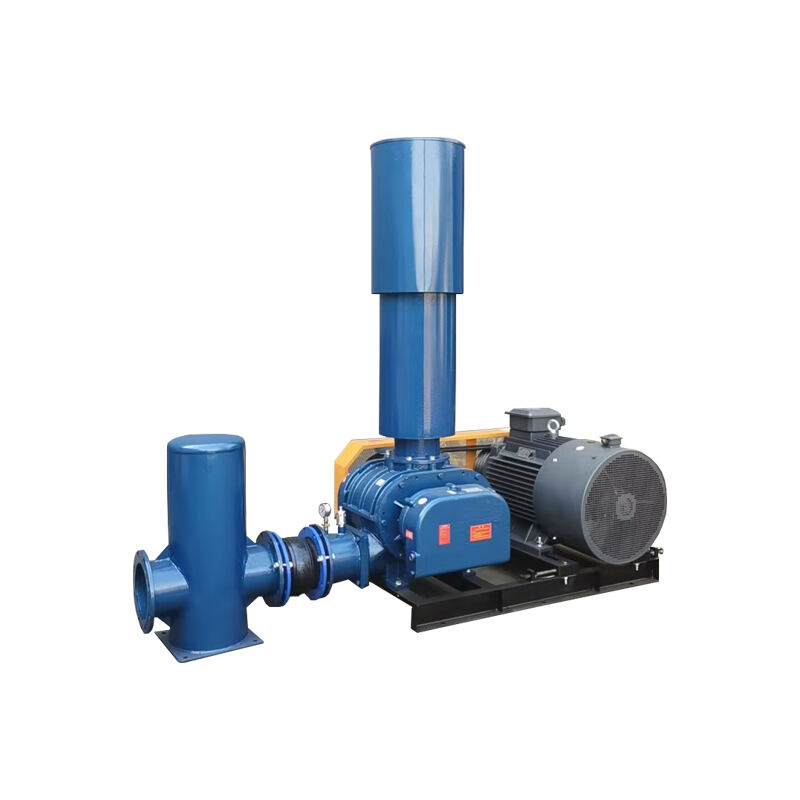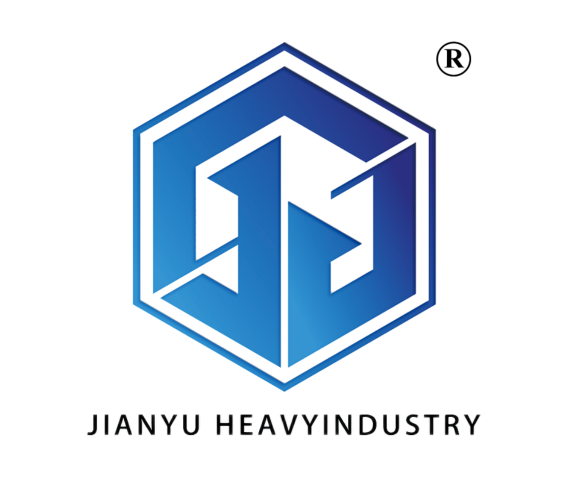equipment used in fish farming
Fish farming equipment encompasses a comprehensive range of specialized tools and systems designed to optimize aquaculture operations. Essential components include water quality monitoring systems that continuously track parameters such as temperature, pH levels, and dissolved oxygen. Feeding systems, ranging from automated feeders to hand-operated devices, ensure precise feed distribution. Aeration and oxygenation equipment maintain optimal dissolved oxygen levels, while filtration systems remove waste and maintain water clarity. Modern fish farms utilize advanced monitoring technology, including underwater cameras and sensors, to observe fish behavior and health. Containment systems, such as nets, tanks, and ponds, are fundamental infrastructure elements, often equipped with predator protection features. Water circulation systems ensure proper flow and distribution of clean water, while waste management systems handle organic matter and maintain environmental standards. Temperature control equipment regulates water temperature for optimal growth conditions, and lighting systems manage photoperiod requirements for different species. The integration of these components creates a controlled environment that maximizes fish growth and survival rates while minimizing resource usage and environmental impact.



